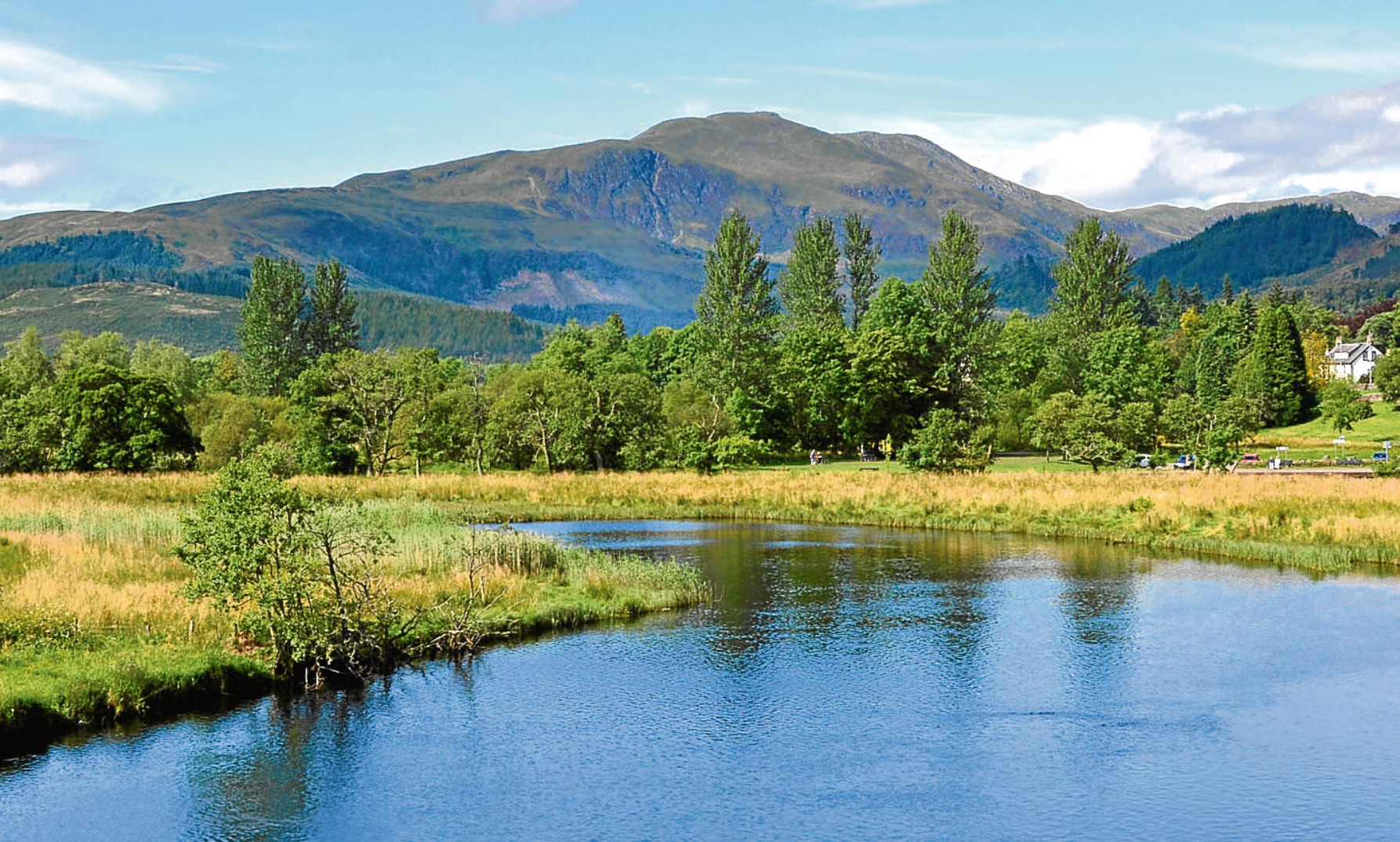The river is chatty today. It’s having two conversations with itself.
The chattier of the two is happening 10ft below where I perch on the bank in the shade of a mature oak tree.
The river rounds a right angle bend 100 yards upstream.
The water is quiet until it reaches a row of almost submerged rocks.
These jut five yards out from the foot of the bank into the mainstream and to negotiate them, the current dives between, rears and slithers over them, then slaloms half a yard down their downstream slopes. All that ruffles the river’s demeanour so it chatters, chuckles and mutters to itself.
The less chatty conversation reaches me as a barely audible whisper. It travels from the far side of the river, where a curious growth of tall water plants just out from the bank has been flattened by the last spate into a downstream-facing horseshoe-shaped mat that lies on the surface.
A second smaller mat lies a little behind it, almost touching the far bank.
A stranger’s eye (if it gave it a second glance at all) might puzzle over how such a strange-looking growth came to anchor itself out on the water and so securely that it can withstand not only the tug of the quicker current on the inside of the bend but also that spate which flattened it.
As it happens and because I know the place in every season of a wheen of years now, I also know the answer to the puzzle. The plants are growing out of an old and now submerged beaver dam.
Before I go any further, let me explain what I am doing here.
I come here often, just to sit and watch what unfolds, for it is an addictive wildlife theatre where the cast and the nature of the performance change with the seasons.
I have a camera, binoculars, sketchbook, notebook, pens and pencils and a featherweight aluminium and canvas tripod stool to sit on.
Sometimes I do nothing but watch the water, land and sky. There is a mountain – Ben Ledi – half a mile away beyond the river. There are trees – an oakwood behind me (it stops at the riverbank) and willow, rowan, ash and alder fringe the far bank.
Between mountain and river there is a wide floodplain of tall grass, a narrow and bright green slash of farmland, then wooded foothills that give way to mountain shoulders.
Today, I am writing down the landscape in real time. A large fish has just leapt clear of the water about 20 yards away. I don’t know much about my country’s fish (I have never fished) and I keep telling myself I must learn more about them. I can recognise a salmon and I know that is no salmon. I think it is a brown trout.
A pair of flying goosanders have just veered away from the watercourse and up over the trees, presumably because they have just caught sight of my shape on the bank. Because I am not a fisherman, I like goosanders. They are sleek, hefty, small-fish-eating, tree-hole-nesting ducks and as stylish as Paris. The fish-eating bit is why fishermen don’t like them.
The female appeared on the river in late spring towing 11 ducklings astern. Two weeks ago, the 11 had been reduced to five. Now, my guess is the survivors have flown.
A dipper has just landed on the all-but-submerged rocks and it is catching small underwater prey there. It has stayed long enough for me to take two photographs. I like the surface patterns around it, the drops of water that cling and glitter on its head and back.
So, about the beaver dam. It was, I believe, the work of a single animal exploring a new territory. Beavers have begun to ease into the Trossachs area from Tayside, probably by way of Loch Earn.
The dam was long and low and served to create a pool of quiet water next to the bank and my guess is that it sheltered an underwater entrance into a chamber in the bank. Beavers don’t always build lodges, especially if they are on the move. This one did not stay long.
When it left, there began what American poet Robert Frost called “the slow, smokeless burning of decay”.
In the two years since the beaver came and went the dam has wilted (it reemerges occasionally when the river is low) but it has spawned a casual garden of water plants where ducks, butterflies and occasionally, otters pause in the sun.
I have been sitting here for two hours of a rapidly cooling autumn afternoon. I have barely moved in that time. If you ever wondered how a nature writer goes to work, this is how.
